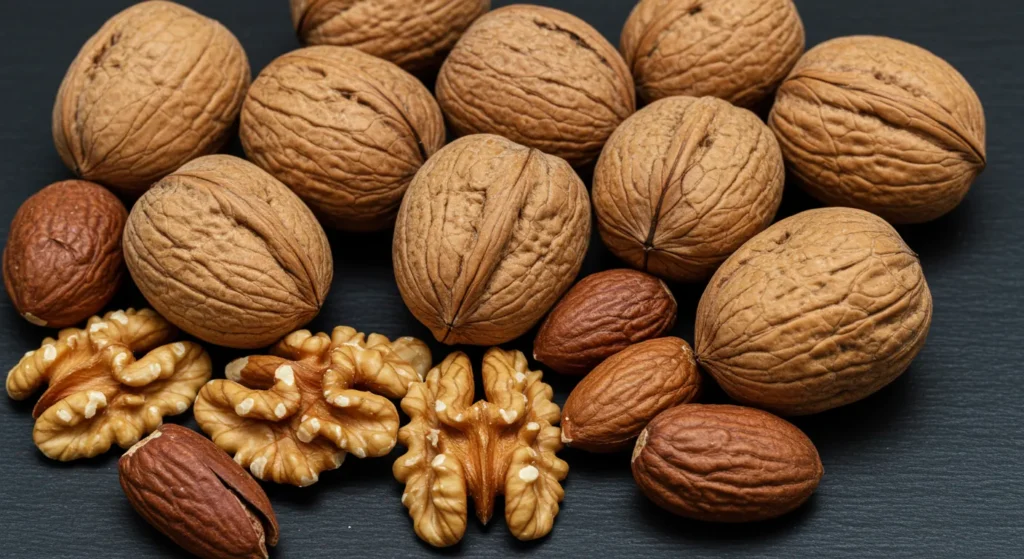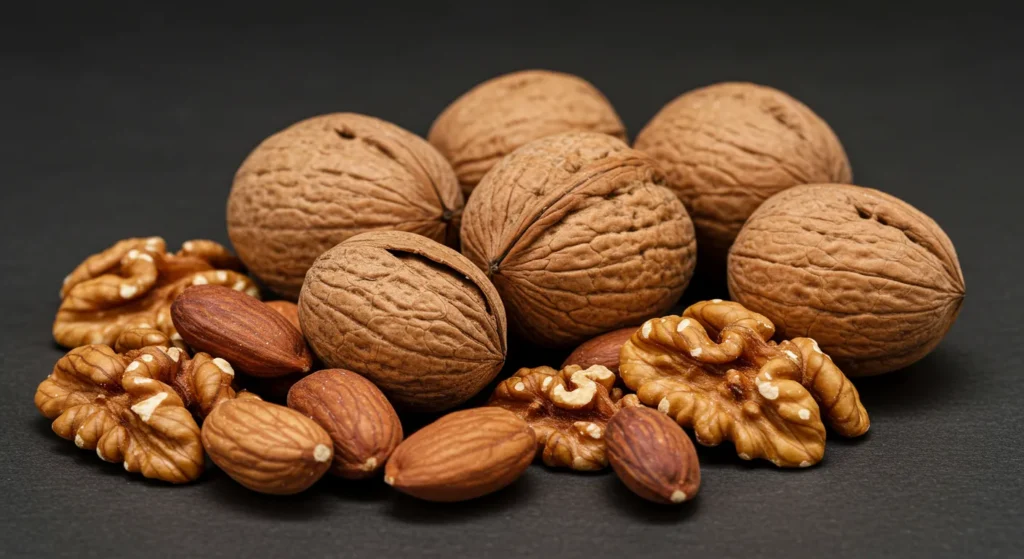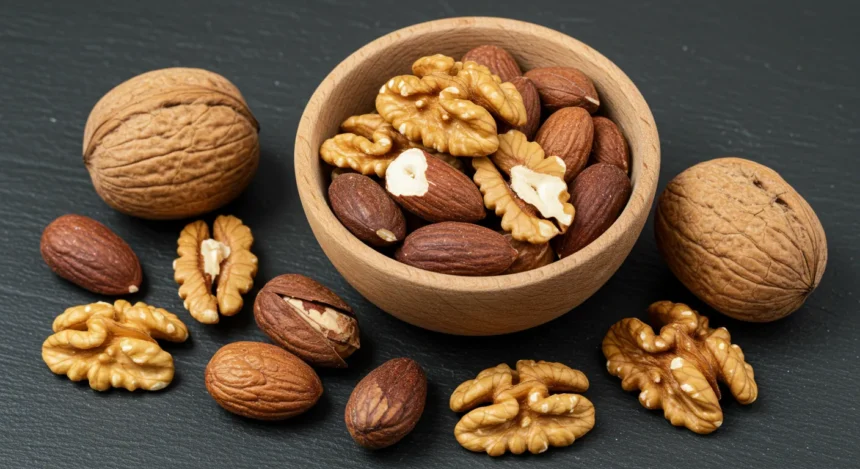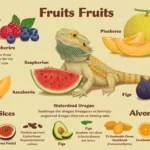Table of Contents
Living with kidney disease means paying close attention to what you eat, especially when it comes to nuts, which can be tricky. Knowing what nuts are bad for kidney disease helps you make smarter choices to protect your health while still enjoying tasty snacks.
Why Diet Matters for Kidney Health
Kidney disease affects how your body handles nutrients like potassium, phosphorus, and sodium. A kidney-friendly diet keeps these in check to prevent complications like fluid buildup or high blood pressure.
- Sodium: Too much can raise blood pressure and stress kidneys. Aim for less than 2,300 mg daily.
- Potassium: High levels can harm your heart. Your needs depend on your kidney function.
- Phosphorus: Excess can weaken bones. Look for “phos” in ingredient lists, as it’s not always on labels.
- Protein: Limiting protein helps ease kidney workload, especially if you’re not on dialysis.
The Role of Nuts in a Kidney-Friendly Diet

Nuts are packed with protein, healthy fats, and fiber, but some can be risky for kidney disease. A study from 2003–2006 showed eating nuts 1–6 times a week lowered the risk of chronic kidney disease (CKD) and mortality.
- Benefits: Nuts offer plant-based protein, which is easier on kidneys than animal protein. They also have vitamins and minerals like selenium and magnesium.
- Risks: Some nuts are high in potassium, phosphorus, or oxalates, which can harm kidneys or increase kidney stone risk.
Nuts to Approach with Caution
Certain nuts can spike potassium or phosphorus levels, which is a concern for kidney disease. Here’s a closer look at nuts to limit:
- Almonds: High in phosphorus (481 mg per 100g) and oxalates, they’re risky for kidney stone formers. Soaking them overnight may reduce phosphorus.
- Brazil Nuts: Very high in phosphorus (590 mg per 100g) and oxalates, making them a poor choice.
- Cashews: Moderate potassium (710 mg per 100g) and phosphorus (560 mg per 100g) mean you should eat them sparingly.
- Hazelnuts: With 730 mg potassium and 300 mg phosphorus per 100g, they’re not the safest pick.
- Peanuts: Lower in potassium (670 mg per 100g) and phosphorus (430 mg per 100g), but often salted, which adds sodium.
For example, Sarah, a kidney disease patient, loved snacking on almonds but noticed swelling after eating them. Her dietitian suggested cutting back to avoid phosphorus overload.
Safer Nut Choices for Kidney Health
Some nuts are lower in harmful nutrients, making them better for kidney disease. Stick to small portions, like 1 ounce (¼ cup), to stay safe.
- Walnuts: Rich in omega-3s, with 450 mg potassium and 380 mg phosphorus per 100g. They’re low in oxalates, great for stone prevention.
- Macadamia Nuts: Lowest in potassium (300 mg per 100g) and phosphorus (200 mg per 100g), allowing slightly larger servings.
- Pecans: Low in potassium (520 mg per 100g) and phosphorus (310 mg per 100g), with heart-healthy fats.
- Chestnuts: Very low in phosphorus (74 mg per 100g) and protein, but moderate in potassium (500 mg per 100g).
- Pistachios: Higher in potassium (1040 mg per 100g) but still safer than almonds or Brazil nuts in small amounts.
- Pine Nuts: Offer magnesium and antioxidants, with 780 mg potassium and 650 mg phosphorus per 100g.
John, who has CKD, switched to macadamias after learning almonds were too high in phosphorus. He felt better and enjoyed their creamy taste.
Nut Butters: A Tasty Alternative

Nut butters can be a delicious way to enjoy nuts, but choose wisely. Opt for natural versions without added salt or sugar.
- Almond Butter: 163 mg phosphorus and 240 mg potassium per 2 tablespoons. Use sparingly.
- Peanut Butter: Lower at 108 mg phosphorus and 180 mg potassium per 2 tablespoons. A teaspoon is often enough.
- Sunflower Seed Butter: High in phosphorus (214 mg per 2 tablespoons), so limit intake.
Try spreading a teaspoon of peanut butter on apple slices for a kidney-friendly snack. Always check with your dietitian before adding nut butters.
Portion Control: The Key to Safe Nut Consumption
Even kidney-friendly nuts can cause problems if you overdo it. A small handful (30–50g) 4–5 times a week is a good rule.
- Measure portions: Use a ¼ cup or count out nuts (e.g., 22 walnuts or 18 pecans).
- Choose unsalted: Salted nuts can push sodium intake too high, risking blood pressure spikes.
- Mix it up: Combine nuts with low-potassium foods like apples or berries for balance.
For instance, Maria keeps a small jar of macadamias on her desk, measuring out ¼ cup daily to avoid overeating.
Other Foods to Watch Out For
Besides nuts, many foods are high in potassium, phosphorus, or sodium, which can harm kidneys. Here are some to limit:
- High-Potassium Foods: Bananas (422 mg per medium), oranges (255 mg per fruit), and tomato sauce (910 mg per cup).
- High-Phosphorus Foods: Granola (263 mg per ½ cup), bran flakes (135 mg per ¾ cup), and 2% milk (252 mg per cup).
- High-Sodium Foods: Potato chips (1196 mg per 8 oz bag), pretzels (744 mg per 10 twists), and dill pickles (1092 mg per large).
Leaching potatoes (cutting and boiling for 10 minutes) can cut potassium by half, making them safer. Lisa, a CKD patient, leaches her potatoes to enjoy them without worry.
Kidney-Friendly Foods to Include
Incorporate foods that support kidney health alongside safe nuts. These options are low in harmful nutrients:
- Fruits: Apples, blueberries, and cranberries are low in potassium.
- Vegetables: Cabbage, cauliflower, and kale are kidney-safe choices.
- Whole Grains: Bulgar wheat or buckwheat (check for phosphorus-free options).
- Proteins: Egg whites or small portions of fish like sea bass.
Adding these to your diet can make meals more varied. For example, pair walnuts with arugula for a nutrient-packed salad.
A Kidney-Friendly Recipe Idea
Try a dish that combines safe nuts with low-potassium ingredients. This green beans, hazelnuts, and dried cranberries recipe is a great example:
- Nutritional Facts (per serving): 199 calories, 4 g protein, 246 mg potassium, 73 mg phosphorus.
- Why It Works: Hazelnuts are moderate in nutrients, and cranberries add flavor without spiking potassium.
This dish is perfect for a holiday table or a simple weeknight meal. It keeps your kidneys happy while tasting great.
Tips for Managing Your Diet with Kidney Disease

Creating a kidney-friendly diet takes planning, but it’s doable with the right approach. Work with a dietitian to tailor your choices to your kidney function.
- Check labels: Look for “phos” in ingredients, as phosphorus isn’t always listed.
- Limit processed foods: Items like hot dogs (424 mg sodium per serving) or bacon (345 mg per 3 slices) are sodium traps.
- Stay hydrated: Proper fluid balance helps, but ask your doctor about your needs.
- Track intake: Use a food diary to monitor potassium, phosphorus, and sodium.
Tom, a kidney disease patient, uses a food app to track his nut portions, helping him stay within safe limits.
Working with Your Healthcare Team
Your nutritional needs depend on your kidney disease stage and test results. Regular check-ins with your doctor or dietitian ensure you’re on the right track.
- Personalized Plans: Your dietitian can adjust nut portions based on bloodwork.
- Monitor Changes: Kidney function changes over time, so your diet may need tweaks.
For example, Emily’s dietitian swapped her daily almonds for pecans after a blood test showed high phosphorus levels.
Final Thoughts
Managing what nuts are bad for kidney disease is about balance and smart choices. By limiting high-potassium and high-phosphorus nuts like almonds and Brazil nuts, choosing safer options like macadamias and walnuts, and keeping portions small, you can enjoy nuts while protecting your kidneys. Always consult your healthcare team to create a diet that works for you, and explore kidney-friendly recipes to keep meals exciting.
FAQs
Which nuts should I avoid with kidney disease?
Avoid almonds, Brazil nuts, and cashews due to high phosphorus, potassium, or oxalates, which can harm kidneys or increase kidney stone risk.
Are there kidney-friendly nuts I can eat?
Yes, walnuts, macadamia nuts, pecans, and chestnuts are safer due to lower potassium and phosphorus. Stick to 1 oz (¼ cup) portions.
How much potassium is too much for kidney disease?
Potassium limits depend on your kidney function. Generally, avoid high-potassium foods like almonds (733 mg/100g) and consult your dietitian.
Can I eat nut butters with kidney disease?
Yes, in small amounts (1 tsp). Choose natural peanut or almond butter with no added salt or sugar to keep potassium and phosphorus low.










